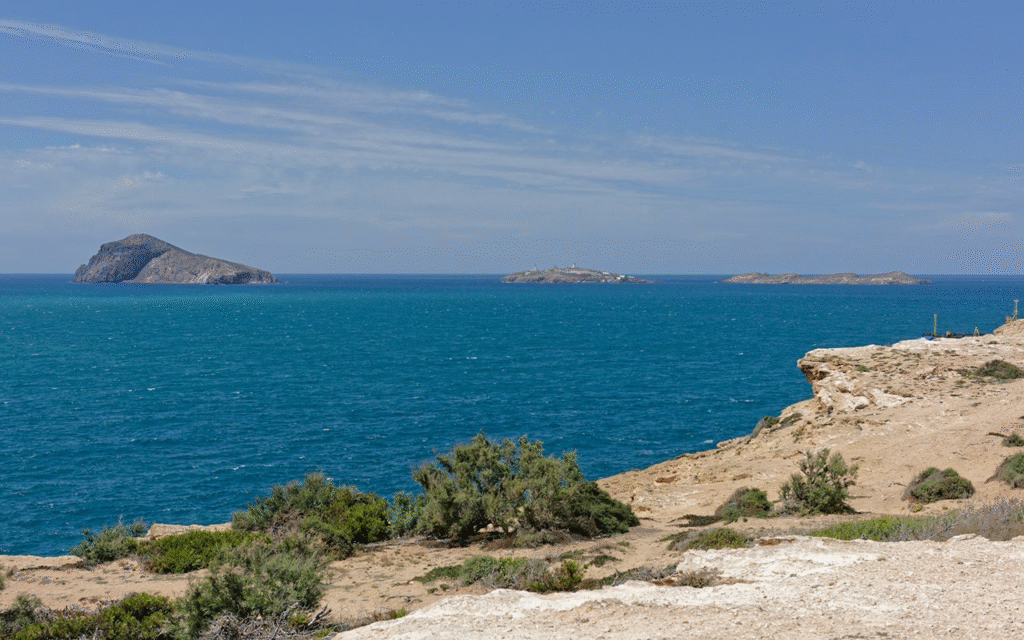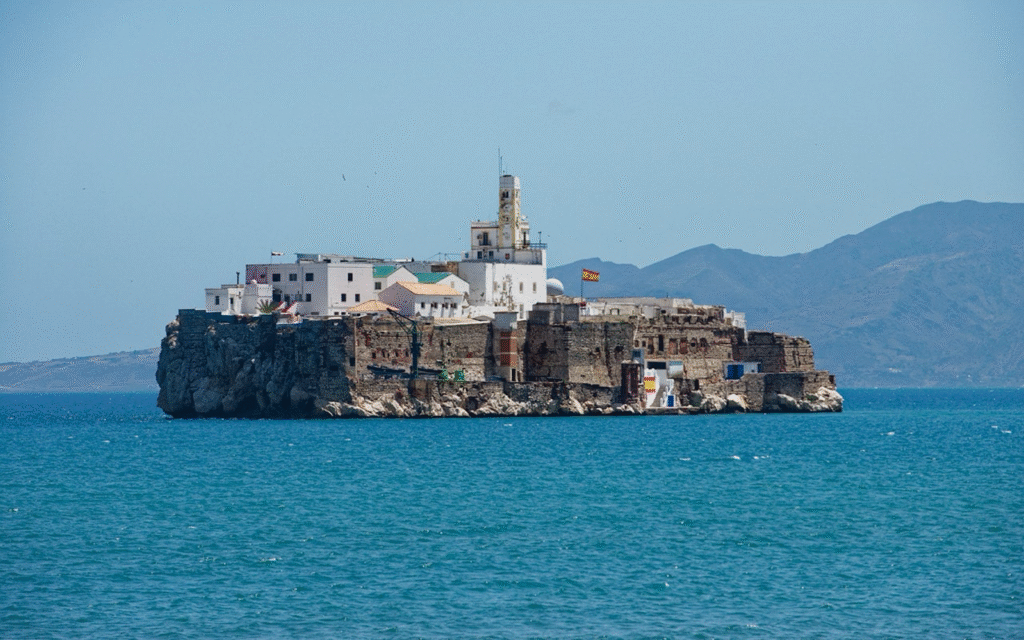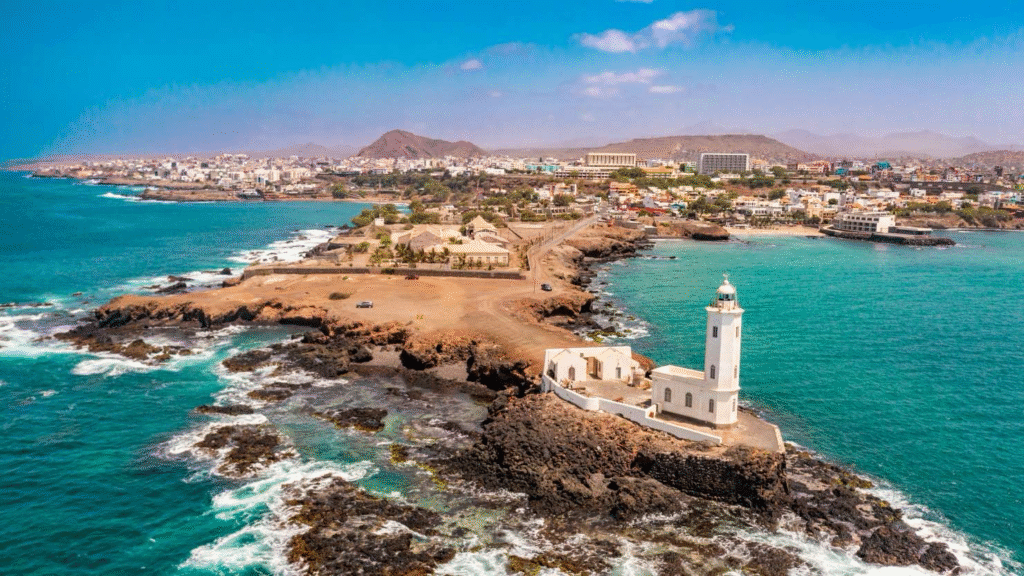



Introduction
Morocco, a gem of North Africa, is famous for its imperial cities, mountain ranges, golden deserts, and diverse coastlines. Yet, few know that Morocco is also home to mysterious and historic islands — some teeming with wildlife, others wrapped in geopolitical tensions, and all offering a unique perspective on the country’s rich heritage.
1. The Purple Islands (Iles Purpuraires)
- Location: About 1.5 km off the coast of Essaouira in the Atlantic Ocean.
- History: Used by the Phoenicians and later the Romans to extract the rare purple dye (Tyrian purple), these islands are steeped in trade and military history.
- Status: A protected Ramsar site since 2005. Home to the Eleonora’s falcon and other rare birds. Access is restricted without a permit.
- How to visit: You can’t land without authorization, but boat tours from Essaouira provide close views of the islands, cliffs, ruins, and birdlife.
2. Cala Iris Islet (Al Hoceima)
- Location: In the Alboran Sea off Morocco’s Mediterranean coast near Al Hoceima.
- Ecological Importance: A critical habitat for the endangered Patella ferruginea, a rare marine mollusk. Only about 110 individuals are known to exist here.
- How to visit: By boat from Cala Iris village, or as part of excursions in Al Hoceima National Park.
📍3. Perejil Island (Parsley Island)
- Location: Just 250 meters from the Moroccan coast near Ceuta.
- Notable Event: In 2002, it sparked a diplomatic standoff between Spain and Morocco. Now uninhabited but remains disputed territory.
- Access: Closed to the public. Visible from the shore.
📍4. The Spanish “Peñones” – Disputed Enclaves
- Peñón de Vélez de la Gomera: Once an island, now connected to the Moroccan coast by a narrow sand isthmus. Occupied by Spain, with military access only.
- Peñón de Alhucemas and Chafarinas Islands:
- Chafarinas: Comprise three islets – Isla del Rey, Isla del Congreso, and Isla Isabel II. Manned by Spanish troops and important for seabird conservation.
- Access: Strictly forbidden to visitors, but you can view them from nearby coastal towns like Al Hoceima or Nador.
🔎 Why Visit These Islands?
| Feature | Description |
|---|---|
| Historical | Roman dye factories, pirate stories, and Spanish outposts from the colonial era. |
| Ecological | Bird sanctuaries, marine biodiversity, and untouched nature. |
| Mystery | Some islands are off-limits and hold geopolitical tensions between Spain and Morocco. |
Travel Tips
- Best time to visit: April–May and September–October (mild weather, fewer tourists).
- Ideal base cities:
- Essaouira (for Mogador Islands),
- Al Hoceima (for Cala Iris and Alhucemas),
- Nador or Tetouan (for Peñón areas).
- Getting there: Boat tours or land-based viewpoints. Access to most islands is restricted.
🇲🇦 Morocco Beyond the Islands
While these islands offer a unique window into Morocco’s forgotten frontiers, the mainland is full of wonders:
- Imperial cities: Marrakech, Fes, Rabat, and Meknes.
- Nature: Atlas Mountains, Sahara Desert, coastal towns like Taghazout and Dakhla.
- Culture: World-class cuisine, souks, music, and Islamic architecture.
In 2024, Morocco welcomed over 17.4 million tourists, drawn by its safety, hospitality, and diversity.
Summary
| Island Group | Key Facts |
|---|---|
| Purple Islands | Historic dye trade, bird sanctuary, off Essaouira. |
| Cala Iris | Rare marine life, near Al Hoceima. |
| Perejil | Politically disputed rock near Ceuta. |
| Spanish Enclaves | Former fortresses, now military zones off Moroccan coast. |